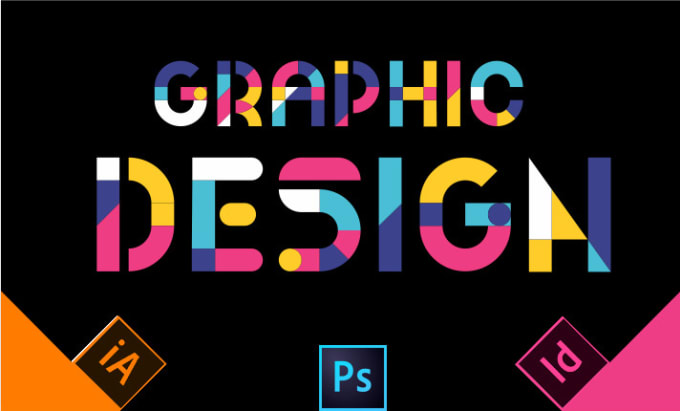Implementing Accessible Design Strategies in Visual Communication
Applying universal design principles to visual communication is crucial to helping everyone, regardless of ability to access and understand messages work details practical approaches that organizations and designers use to ensure inclusiveness.
Best Practices for Accessible Visual Communication

With simple and direct word use, one avoids jargon and complicated sentence structure to assist understanding in those with cognitive disability or language deficiencies (Plain Language Association, 2021)To present adequate contrast of background and text with the aid of resources like Web Content Accessibility Guidelines (WCAG) contrast checker guarantees sufficient ratios of contrast for the background against text (W3C, 2023). Captions and transcripts added to all multimedia content provide access for deaf and hard-of-hearing users (National Association of the Deaf, 2022). Design based on semantic HTML and organized headings allows screen reader navigation for users with screen readers (WebAIM, 2021). The scalable and resizable text allows users to zoom in on text without reducing functionality and readability (Nielsen Norman Group, 2022) Including responsive design means that content is accessible across an array of devices and screen sizes (GOV.UK, 2022).
Enforcing these methods within visual communication activities not only enhances accessibility but also expands engagement and understanding for everyone. Placing accessibility at the forefront of priority makes it easier for designers and organizations to build a balanced and accessible information terrain.
1. Plain Language Association. (2021).
2. National Association of the Deaf. (2022).
The article highlights the key universal design principles for accessible visual communication, but it can be improved by clarity and coherence by refining sentence structure and ensuring consistency. Also, the reference list is incomplete, as only two sources are cited but others are mentioned in the text. All references are properly listed would strengthen the article’s credibility. Lastly, transitions can be jmproved between concepts would create a smoother flow, making it easier for readers to follow the discussion on different accessibility principles.
ReplyDeleteYour insights into the power of logos are spot on. They not only represent brands but also evoke emotions and shape perceptions.
ReplyDeleteI like how this topic is about choices, it's about making sure everyone gets the message, no matter their abilities. And ultimately how to make every person get the message in any way possible, with any tools you might dispose of.
ReplyDelete